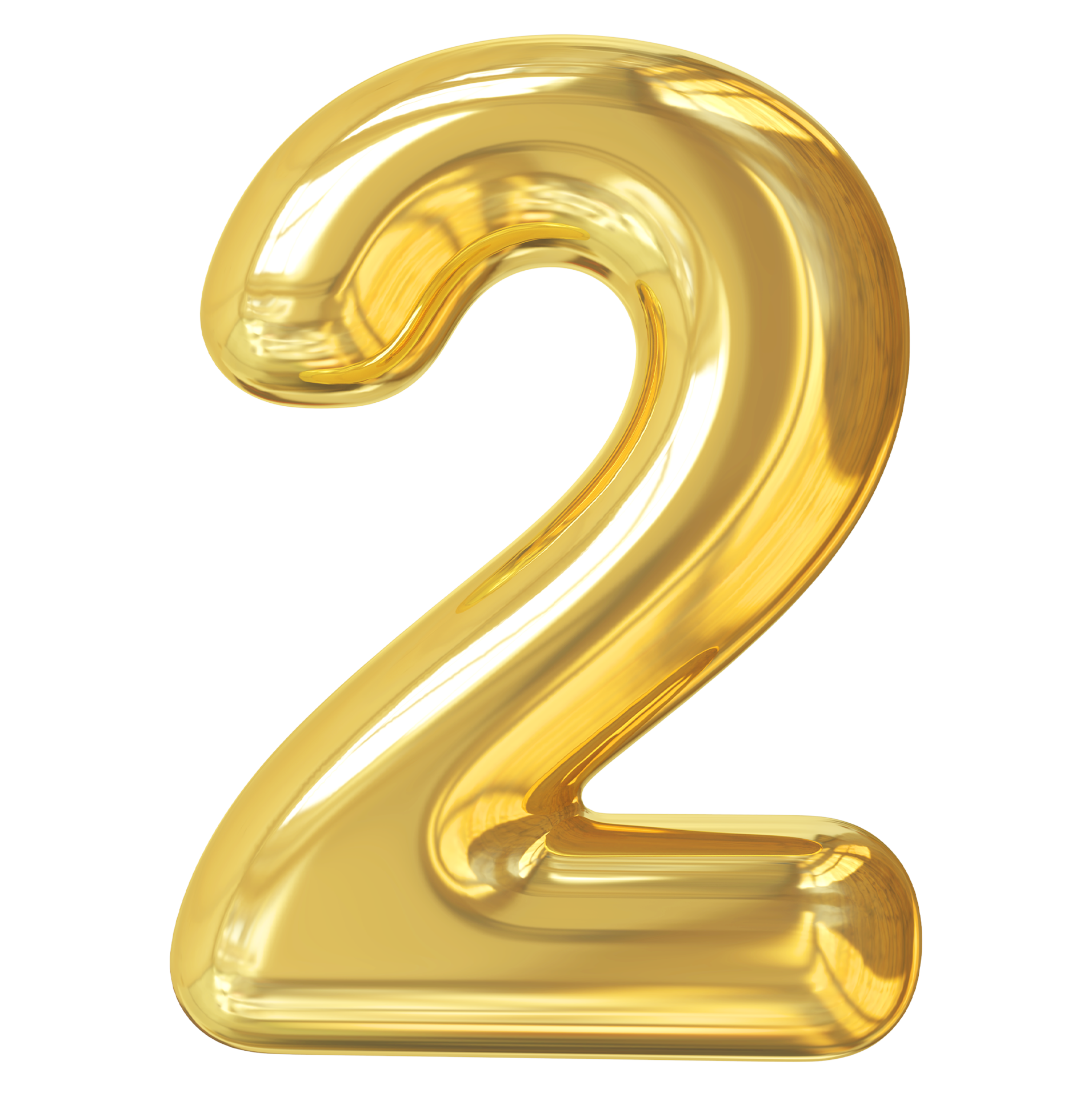The 2 of Swords tarot card serves as a poignant symbol within the larger tapestry of tarot imagery. Its presence evokes contemplation and introspection, often prompting observers to engage with the complexities of decision-making and conflict resolution. As we delve into the intricacies of this card, it becomes apparent that its significance extends far beyond mere divination; rather, it encapsulates collective human experiences and emotions. This discussion will explore the visual elements of the card, its foundational meanings, psychological implications, and its broader socio-cultural relevance.
At first glance, the imagery of the 2 of Swords presents a figure seated with arms crossed, holding two swords that are positioned in opposition. Often depicted blindfolded, the individual embodies a state of ambivalence or indecision. This visual representation encapsulates a critical moment: the necessity of choices amidst uncertainty. Each sword signifies a contrasting perspective, often representing the internal conflict one faces when confronting dilemmas.
This state of ambivalence resonates deeply with the human condition. Life is replete with choices, many of which carry significant consequences. The 2 of Swords starkly addresses this common observation—that indecision can become paralyzing. It reflects a universal struggle and points towards deeper psychological reasons behind our hesitation.
At its core, the 2 of Swords suggests a conflict between the rational mind and the emotional heart. The swords symbolize intellect, clarity, and conflict, effectively encapsulating the struggle to attain an equilibrium between one’s thoughts and feelings. This card invites individuals to explore how emotional turmoil can cloud judgment, enforcing a divide between intuitive understanding and logical reasoning. The blindfold often present in depictions of the card emphasizes the notion of willful ignorance—choosing not to confront the truths that might lead to resolution.
From a psychological perspective, the inevitability of facing choices leads to an array of emotional responses, including anxiety and fear. This duality, as illustrated by the swords, is a reflection of the innate human desire to protect oneself from potential pain and disruption. The mental vision of the blindfolded figure invokes the idea that sometimes, people prefer to remain in a state of stagnation rather than confront discomforting truths. This observation unfolds the layers of psychological defense mechanisms, where avoidance is favored over the enactment of necessary change.
Moreover, the 2 of Swords accentuates the duality inherent in relationships. Whether interpersonal or intra-personal, conflict often emerges from differences in perspective and ideology. The swords, once again, represent opposing viewpoints that, when left unresolved, can lead to estrangement. Thus, the card serves to remind individuals of the importance of dialogue and understanding in mitigating conflicts. The notion that communication can bridge the divide is pivotal in personal development, enabling individuals to transcend ambivalence.
In a broader socio-cultural context, the themes presented by the 2 of Swords resonate with contemporary societal issues. The growing inclination towards divisive ideologies and polarized views has echoed the card’s symbolism. As communities grapple with contentious issues, decision-makers often find themselves caught in the quagmire of conflicting values. The card foreshadows the consequences of inaction and the risks associated with failing to confront societal fractures—urging engagement rather than avoidance.
The historical interpretations of the 2 of Swords also warrant examination. Traditionally, the card has been associated with notions of stalemate, truce, and indecision. Rooted within divinatory practices, its implications have evolved, though the fundamental essence remains—encouraging resolution through awareness and acceptance. The card, when encountered in readings, often serves as a signal for self-reflection and the need to address underlying issues. Individuals are encouraged to dissect the factors contributing to their indecision, thereby moving towards clarity.
Furthermore, the card’s imagery facilitates a broader exploration into the archetypal themes of duality and integration within the human psyche. The juxtaposition of swords invites a dialogue around the processes of decision-making in both personal and societal realms. Practically, this may lead individuals to explore techniques for resolving inner conflicts—whether through mediation, journaling, or guided discussions with trusted confidants.
In conjunction with its relevance to individual decision-making, the 2 of Swords can be viewed as a broader metaphor for societal navigation. In an era defined by rapid changes and escalating complexities, the card encourages collective discourse regarding the paths less traveled. It serves as an entreaty to reconcile differences, prioritize empathy, and foster a spirit of understanding in differing opinions.
Ultimately, the 2 of Swords tarot card encapsulates a multi-layered discourse surrounding choice, conflict, and the journey towards self-awareness. By examining the symbiotic relationship between compassion and conviction, individuals can cultivate a more nuanced understanding of themselves and their place within society. In a world perpetually faced with dichotomies, this card serves as a reminder that amidst indecision lies the potential for profound growth and clarity, should one dare to remove the blindfold and engage with complexity head-on.
